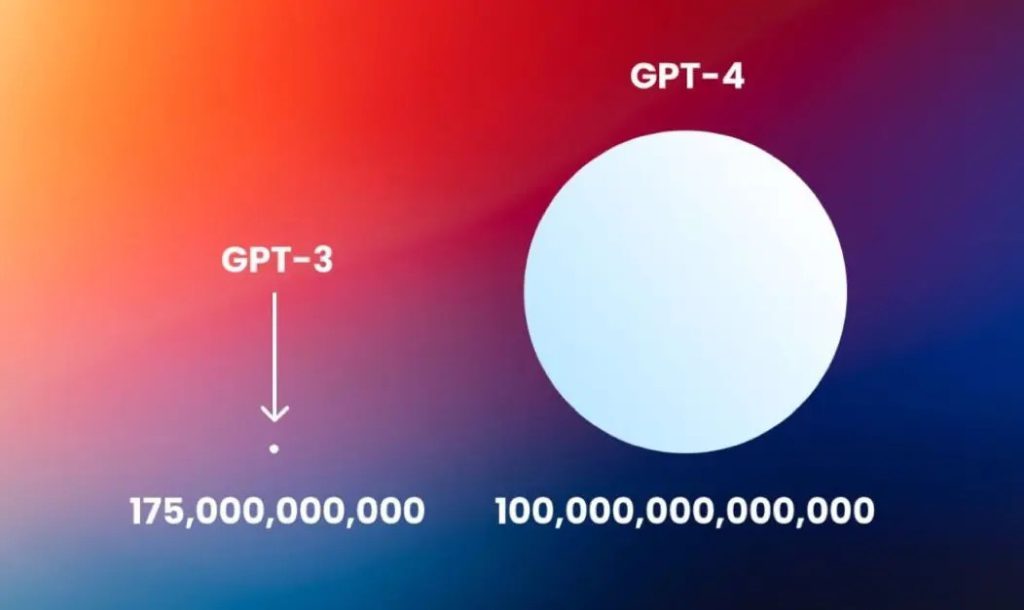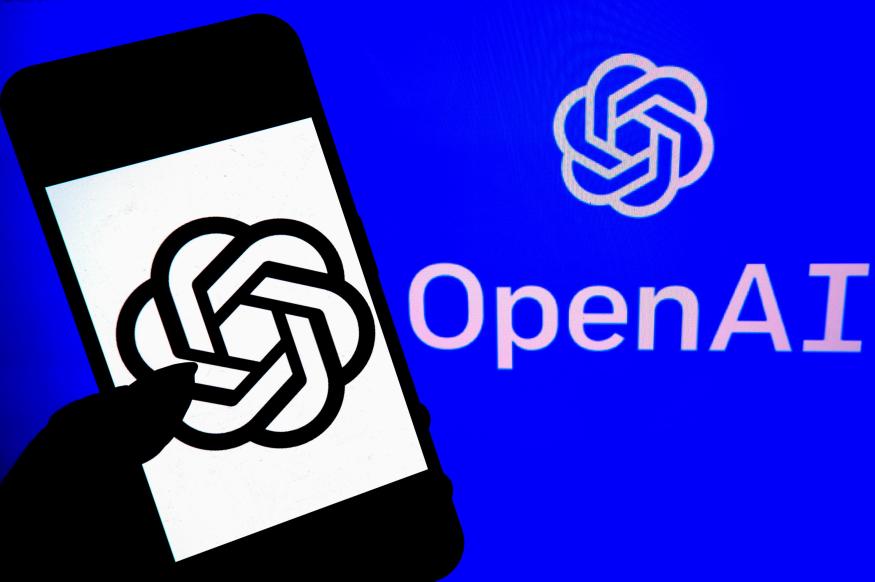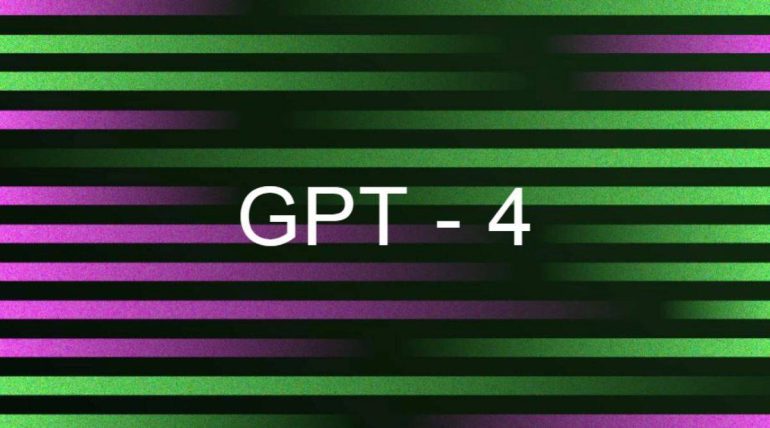OpenAI has announced the launch of its most advanced artificial intelligence (AI) model to date, GPT-4. The model is multimodal, meaning that it can accept both text and image inputs, with the latter currently in a research preview stage. The image-to-text functionality of GPT-4 can be used to generate a packing list for a trip or a dinner recipe based on a picture of the ingredients available in the fridge. GPT-4 improves on its predecessor, GPT-3.5, in terms of reasoning ability, scoring in the 90th percentile in tests such as the LSAT, the SAT, and the GRE. However, it flunks AP English. While GPT-4 is 40% more likely to answer prompts truthfully, it remains an imperfect technology, and the company has stated that it is still flawed and limited. OpenAI’s GPT-4 will be available via its premium version of ChatGPT, ChatGPT Plus, and an API.
The development of GPT-4 comes at a time when the AI industry is seeing significant investment, with Google recently announcing that it will be incorporating more AI tools into its Workspace software, and Amazon teaming up with Hugging Face, a hub for open-source models. Startups like Tome, an AI-based storytelling company, are also attracting investment. OpenAI‘s previous models, GPT, GPT-2, and GPT-3, were released in 2018, 2019, and 2020, respectively. GPT-4 has been developed with partners Duolingo and Khan Academy, with Duolingo creating an AI conversation partner and an explanatory tool to unpack mistakes, while Khan Academy plans to introduce a GPT-4-powered assistant for both students and teachers.

The education sector is expected to be a significant beneficiary of GPT-4, with OpenAI’s previous version, ChatGPT, already adopted by half of US teachers, according to a survey of 2,000 teachers conducted by the Walton Family Foundation. The survey found that 40% of teachers use ChatGPT weekly. The pandemic-induced learning loss has created an urgent need for solutions and approaches to strengthen teaching and learning for students, said Romy Drucker, director of the education program at the foundation. Drucker added that “teachers need better tools and resources to meet this moment, and that’s why they’re among the earliest adopters of ChatGPT.”
While GPT-4’s development marks a significant event in the AI industry, the system’s potential over-reliance is a concern for OpenAI policy researcher Sandhini Agarwal. With GPT-4 scoring high in tests, there is a risk that people may trust the system in situations where they should not. As GPT-4 performs well enough to require new safety considerations, Agarwal and her colleagues are identifying ways that OpenAI’s systems can keep up with this potential shift in user expectations.
The development of GPT-4 is a significant step forward in the field of AI, particularly in the area of natural language processing. The ability of the system to accept images as inputs and generate text outputs has the potential to revolutionize a variety of industries, from e-commerce to healthcare. For example, GPT-4 could be used in medical diagnosis by analyzing medical images and generating reports or suggesting treatment options.

However, as with any new technology, there are concerns about the potential misuse or unintended consequences of GPT-4. OpenAI has acknowledged that the system is not perfect and that further improvements are needed to ensure its safety and alignment with human values. The company has also emphasized the need for ongoing research and development to address these issues and prevent potential negative impacts.
GPT-4 will be released when there is increasing competition among tech giants to develop and deploy the most advanced AI systems. As more companies enter the AI space and invest in research and development, the pace of innovation is likely to accelerate, leading to further advancements in AI technology and its applications.
Overall, the release of GPT-4 represents a significant event in the development of AI, with the potential to drive innovation and transform industries. As with any new technology, however, it is important to approach it with caution and continue to research and address any potential issues or concerns.


